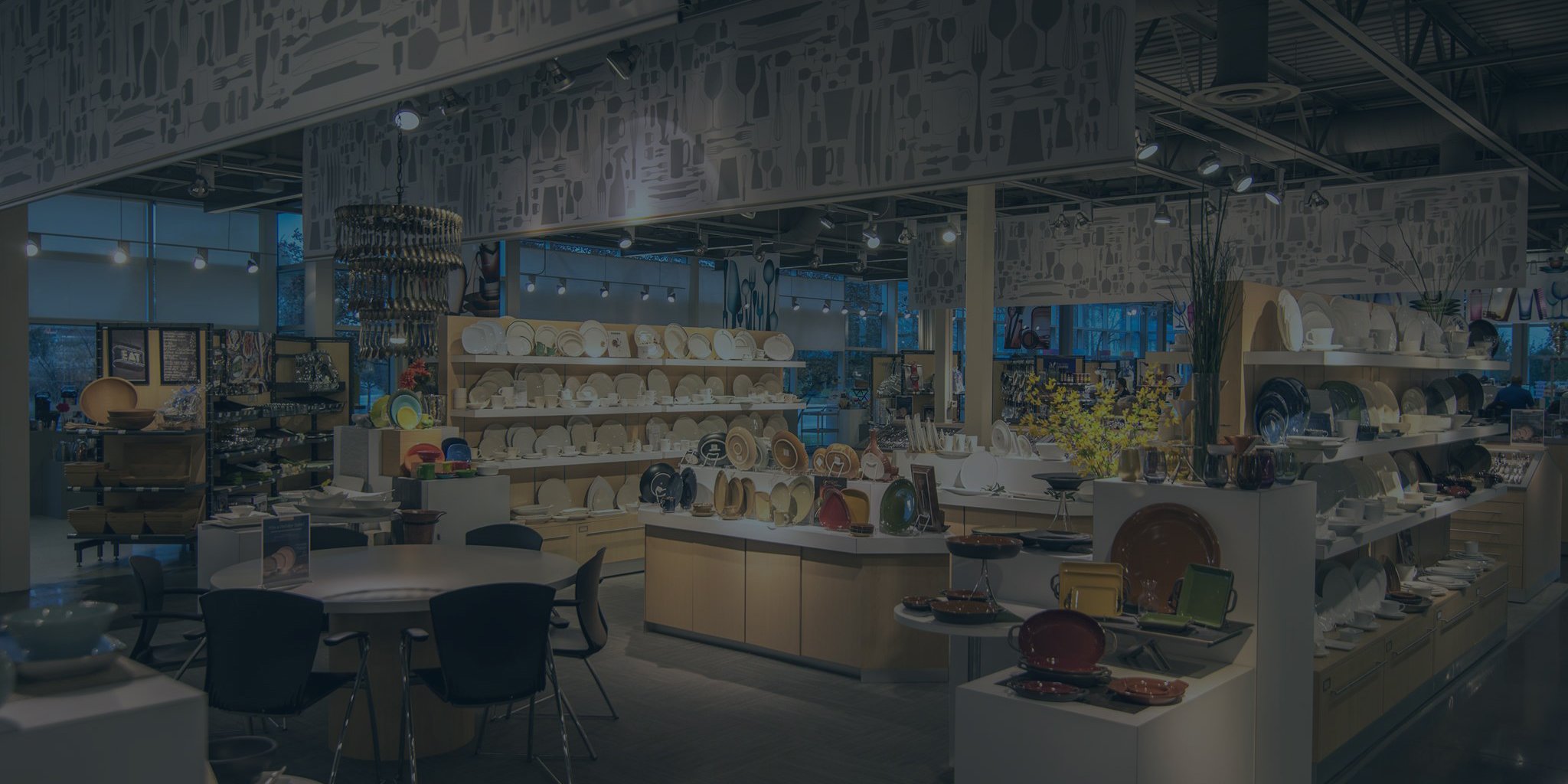Beer on tap has been a bar staple for many decades, but fewer bars or restaurants may be familiar with wine on tap. In 2017, the United States saw a 37% growth in wine on tap, though this type of service has long been common in Europe and other parts of the world.
Wine on tap can be a lucrative and simplified way of serving this popular beverage. In fact, it might improve the taste and quality of single-glass offerings. Here are answers to some of the most common questions about offering wine on tap.
Why did it take so long for wine on tap to take off in the States?
The logistics of offering wine on tap may have stymied some proprietors. That said, wine is shipped to establishments in kegs. If winemakers aren’t ready to bottle wine, then they keep it in kegs for storage – so that wine began its life in a keg anyway.
Others might believe that wine on tap isn’t tasty, incorrectly grouping it with boxed wine and other "value" beverages. This is also untrue. In larger and larger number, high-quality wineries are offering their wines in kegs. Remember, wine on tap isn’t a new trend in other countries where many wines are made.
How could I encourage tap wine sales?
Guests may not know that you’ve started serving wine on tap. Start a conversation about your new offerings with attention-grabbing ceramic tap handles. Tap handles let guests know what you’re offering, encourage them to ask question and help them differentiate wine varieties.
 The same handles that you might use for beer can easily be used for your wine on tap offerings. When designing a wine on tap ceramic handle, keep the following tips in mind:
The same handles that you might use for beer can easily be used for your wine on tap offerings. When designing a wine on tap ceramic handle, keep the following tips in mind:
- Choose a design that makes the variety of wine obvious. Just like you’d mark a beer tap handle as a stout or a blonde, your wine tap handle should make it clear the wine is a Malbec or a Riesling. This will help not only your guests, but also your staff.
- Make your tap handle stand out. Especially when you begin your new foray into wine on tap, make sure your tap handle is noticeable and readable. It should serve as both advertising and as a suggestion of a wine variety your guests may enjoy.
- Give wines from the same vineyard similar markings. If a guest enjoys one wine from a particular vineyard, make it clear what other varieties you serve from the same winemaker that they might like.
Offering wine on tap makes sense in terms of flavor, money, and eco-friendliness (fewer glass bottles, anyone?). So, what’s stopping you from taking part in this growing trend? Check out our Wine on Tap ebook!
.jpg?width=192&name=BLT_Only_Logo_Black%20(19).jpg)


